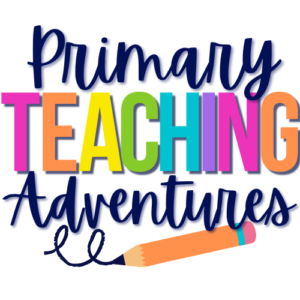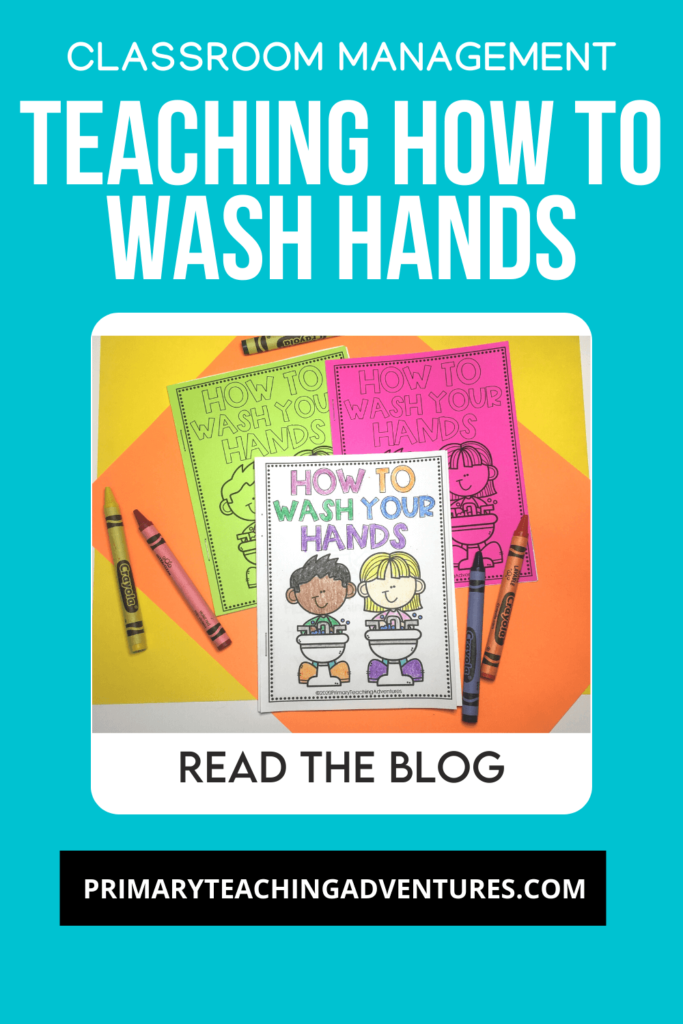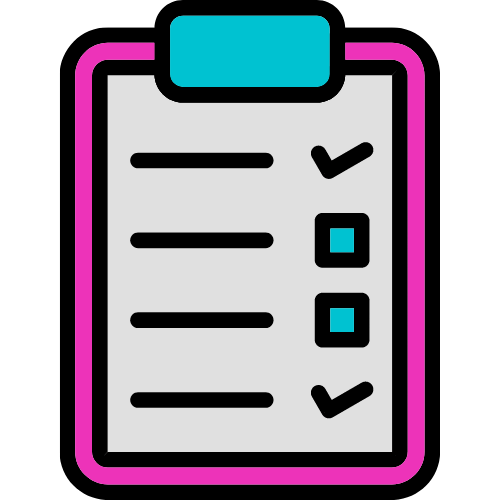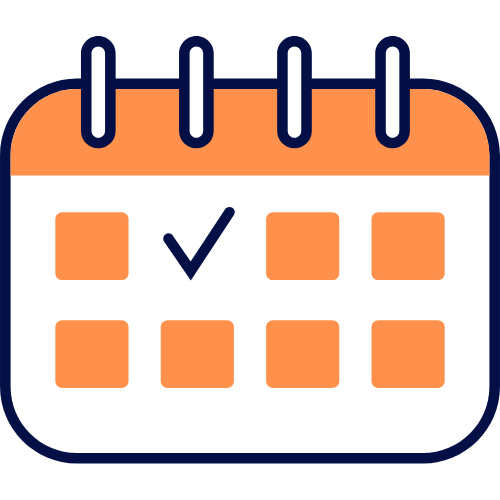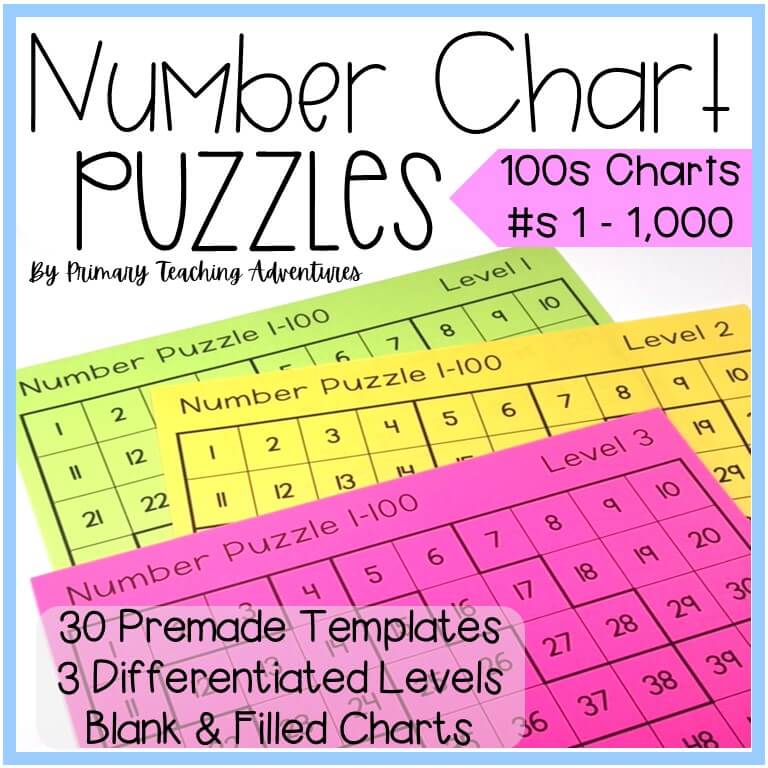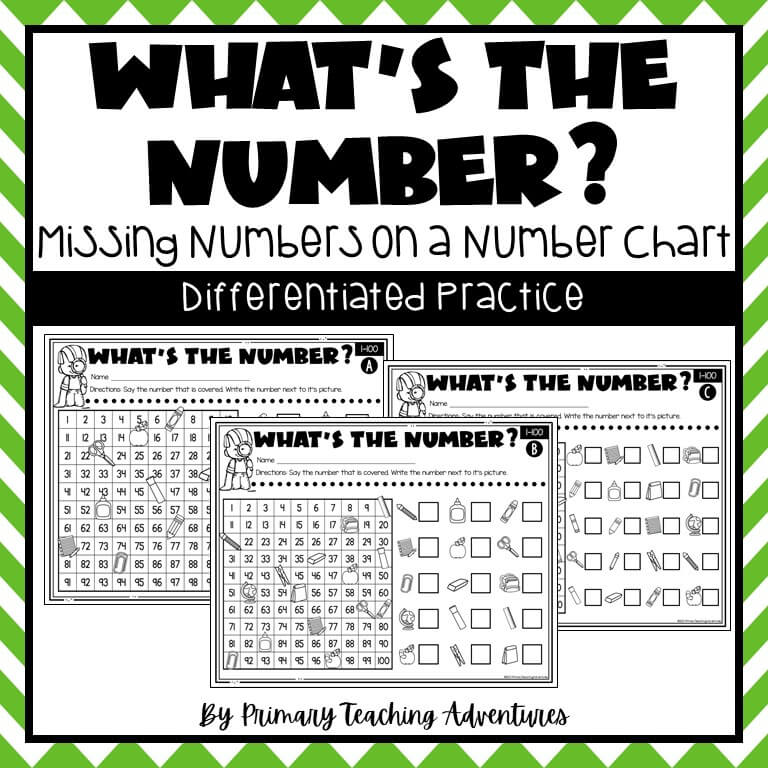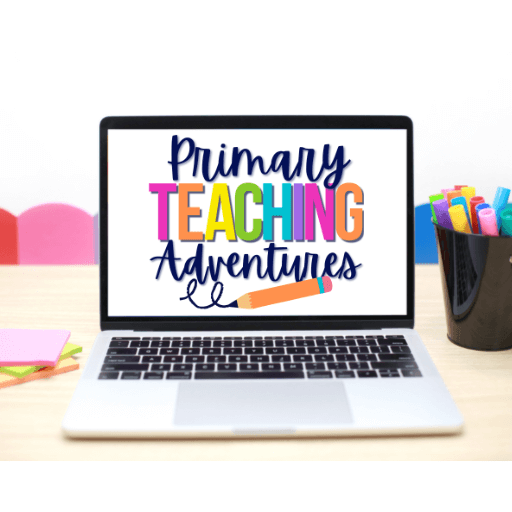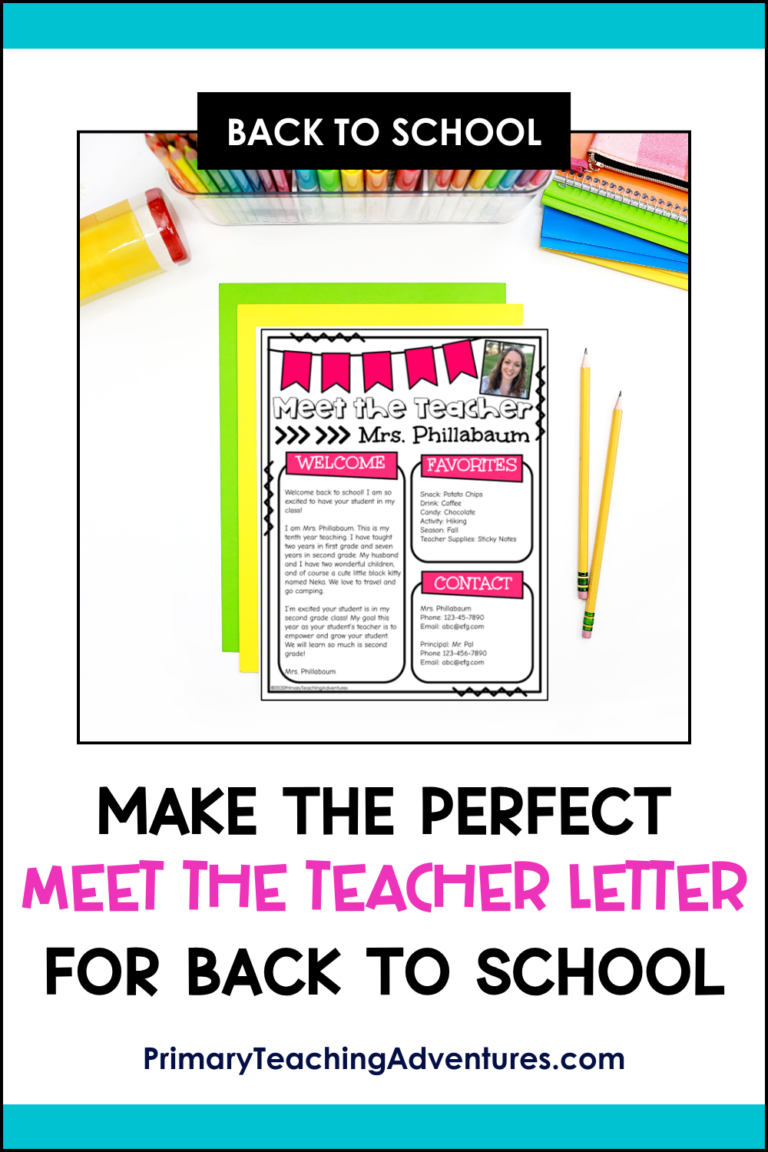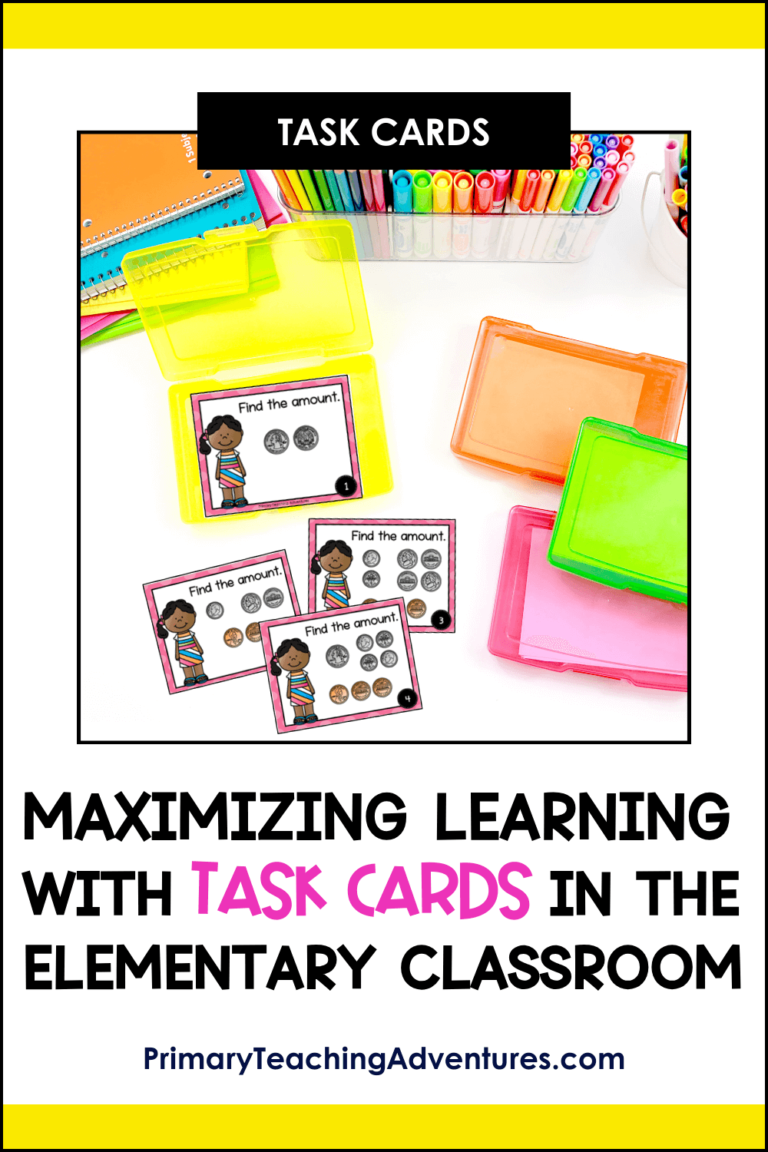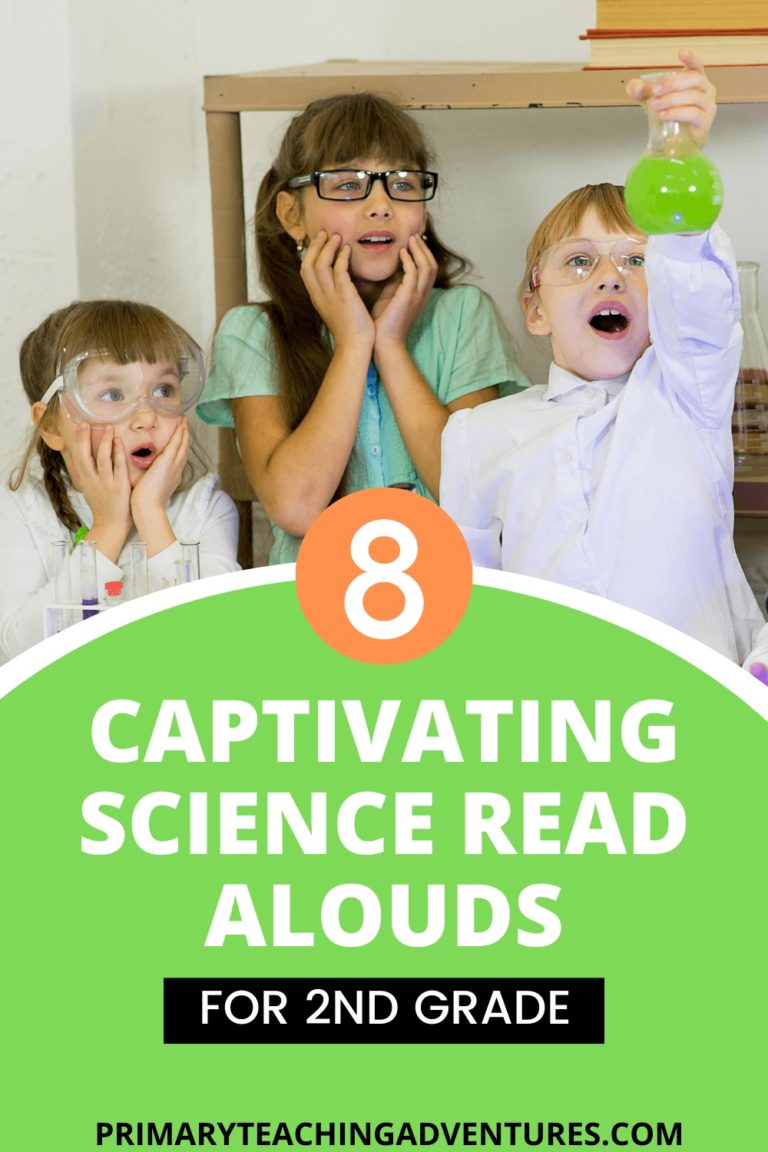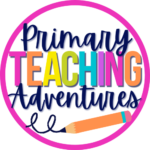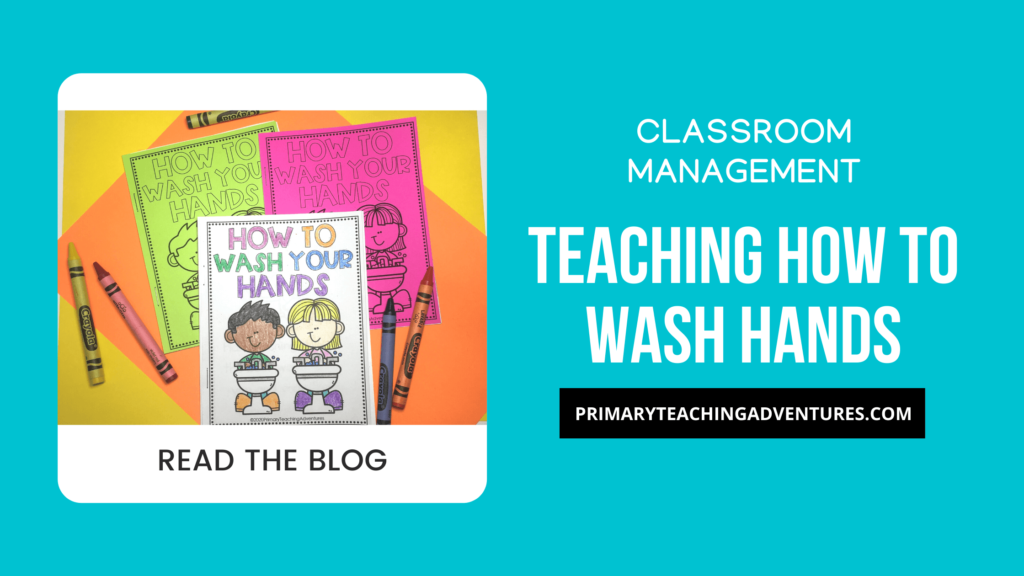
Whether we are in the midst of a global viral pandemic, or you’re just going back into the germ fest of back to school, knowing how to properly wash hands is a useful skill. It’s easy to forget that not all students know how to properly and fully wash their hands (shocker!). Don’t forget to take some time to teach and review this important healthy habit.
Activate Background Knowledge about Germs
Set the stage by activating background knowledge about germs. Make a list of what students already know, maybe through a KWL Chart (What I Already Know, What I Want to Know, What I Learned). Keep this chart up so students can refer to it.
Engage your students by watching a video about germs. I’m a huge fan of Mystery Doug from Mystery Science (not affiliated). They have a mini lesson video called How Do Germs Get Inside Your Body?. Watch the video to set up how to prevent germs from entering our bodies by washing your hands correctly.
Teach How to Wash Your Hands
After watching the video, you can read a book about washing your hands or make this mini book from my How To Wash Your Hands resource for each of your students. You can read it to students the have students choral read or partner read, then read independently. Teach vocabulary words by having students highlight the important word for each step.
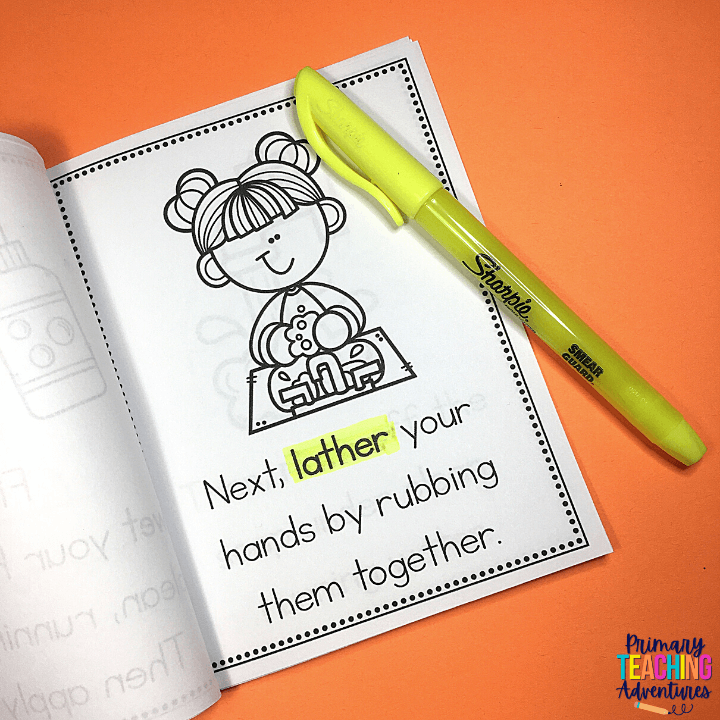
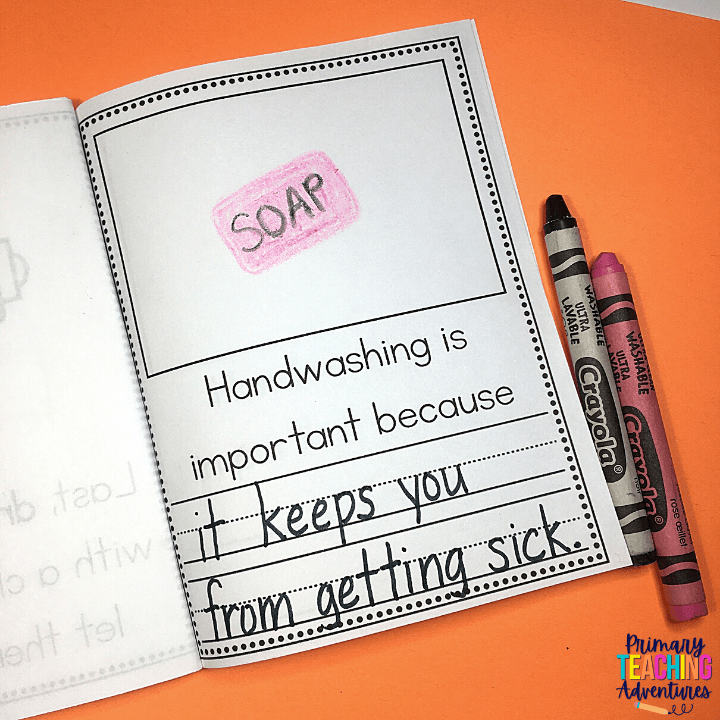
Write About How to Wash Hands
Solidify student’s learning with responding to learning. You can brainstorm ideas from what the students just learned. Have students write out a list of what they learned about washing their hands.
You can have students write out each step of how to wash their hands, or why it’s important to wash their hands.
I love a fun craft to go along with learning 🙂 Students can make hands that are lathering up with soap and bubbles!
Take a Field Trip
Now that students know the full and correct way to wash their hands, let them DO IT. If you have a sink in your classroom, you can let students practice one by one during a work time.
Or, take a class trip to the bathroom so multiple students can go at one time. One idea is to partner up students so they can read the steps from their easy reader. Have students switch roles when they are done.
Once students are back in the classroom, have a turn and talk time where students can reflect on what went well and what they can improve on for the next time they wash their hands.
Summarize Learning
Lastly, have students share their new knowledge about germs and hand washing. Look back at the KWL chart from the beginning of the lesson. Reread the questions in the W column to see if the students learned the answers.
Fill out the last column in the KWL chart as a class. Show the class’ learning by reading each column of the chart to show growth in knowledge.
